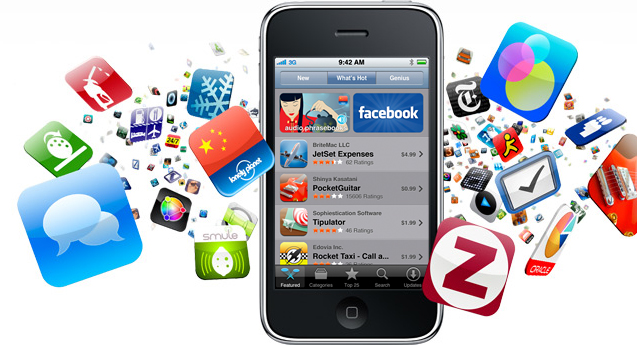If you own a small business or provide a service and wish to expand by launching an app that will help you reach potential and existing customers easily, building an IOS app may be your first port of call. For a first time developer, the following are 10 simple steps that will help you develop a basic app:

-
To start creating apps you first have to download and install Xcode software, wherein all iPhone apps are created. Xcode requires an iOS 8 SDK, which is available from Apple. You will also need to install a text editor such as TextMate or JEdit, and then install a graphics program like CorelDraw or Adobe Illustrator to enable basic graphic design on your apps.
-
Create a development account on Apple App Store so that you can distribute your app once it is created.
-
To begin making your app, open Xcode and create a new project. Select Application under the iOS headings and choose Empty Application. Choose from the numerous templates available.
-
Under the iOS heading, create the Storyboard from the User Interface option. The storyboard will be a visual representation of your app. Select your project from the navigation pane, find the deployment Info section in the General Tab and enter Main. Storyboard in the Main Interface text field.
-
Select the Main. Storyboard file and add your first screen by dragging the “View Controller” object into the canvas.
-
Add as many interface objects as you need such as labels and buttons. Also you can edit the property of each object by clicking the Attributes Inspector of that object.
-
To create numerous screens, create as many view controllers as you need. Drag and Drop objects in the view controller while editing the attributes of each object as per your requirements.
-
To enable the user to move forward and backward between the screens, you need to assign a navigation bar in the main window. Select your initial view and choose Editor> Embed in> Navigation Controller. Open the Attributes Inspector to give suitable properties to the button and the objects library to add functionality to the button, like moving forward or back. Once the button is created, link it to the next screen by holding the control button and dragging it to the next screen.
-
To test your app, Xcode has a built-in simulator. To simulate your app, choose the Simulator and debug option from the menu on top of the Xcode window, and choose the device you wish to test your app on. Further, test the app on your own iPhone, by selecting the Device and Debug option from the dropdown menu and clicking the build button.
-
Submit and distribute your app
To find errors and debug them, open the Debug Console to view the error messages. These will help you to quickly identify the errors and direct your remedy solutions.
If you want to add complex features to your app, you will have to implement those functions using coding. For a guaranteed successful launch and great user experience, or if the above steps seem too technical, you may want to consider using the services of a professional IOS developer who has the experience to help you achieve your goals in time and grow your business.










Comments are closed.